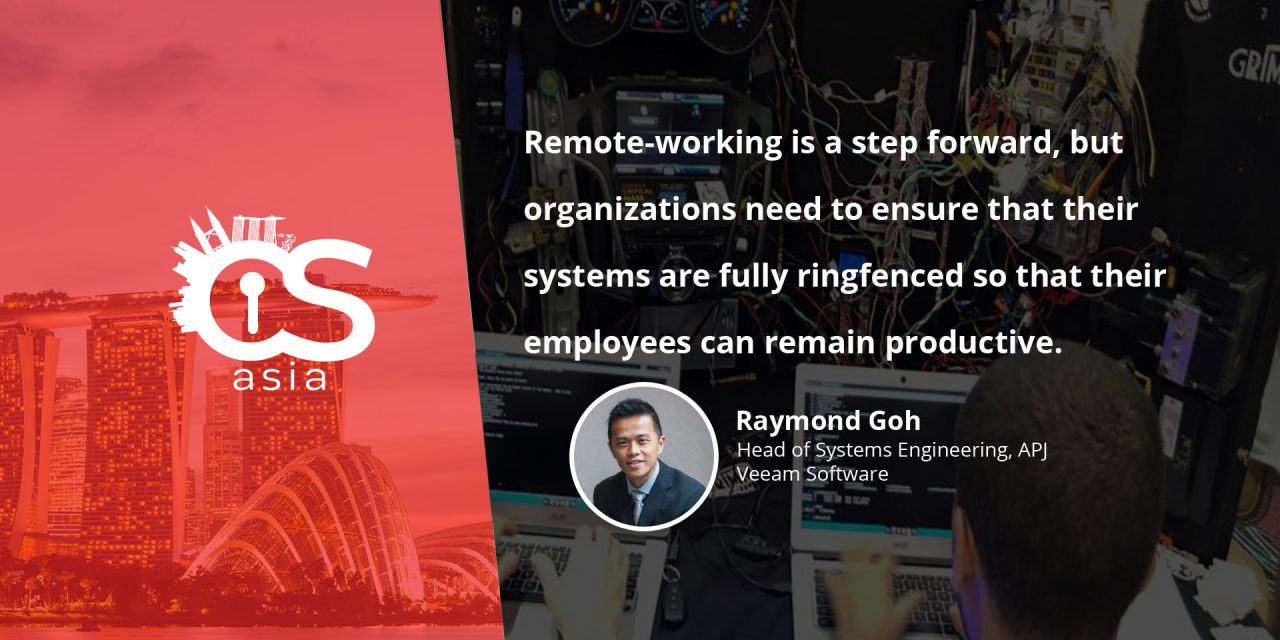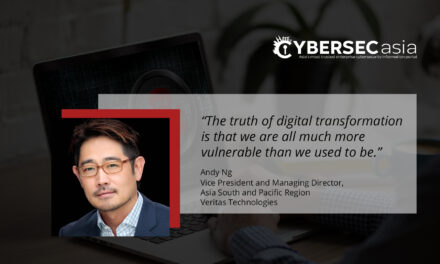By now, the whole world knows how dangerous the sudden WFH migration is to cybersecurity: here is another expert perspective…
Over the last few months, we have seen COVID-19 affect businesses in many ways. Now with the outbreak at its peak, many organizations have arranged for employees to work from home.
With many employees doing so, businesses can expect a huge spike in network access from these ‘external’ sources. This is the perfect opportunity for malicious malware to also make their way into the servers, potentially exposing network data to theft and leakage.
What are some ways for businesses to ringfence their precious assets? Taking an onion skin analogy for defense in depth, the following are some of the necessary steps that businesses should be taking to protect their data and servers:
Three layers in the circle of defense
Businesses need to be aware of how they manage data between cloud platforms and servers, and consider tools that will give them an advantage. Today, businesses are continuously backing up and replicating applications and we can only expect this to increase over the next few years.
They need to understand the different roles that are needed for consideration when optimizing their systems for backup and replication. This can be easily summed up into the three layers of defense in data protection.

Perimeter: Firstly, businesses have to consider the situation at hand—in this instance, it is remote-working or working from home (WFH). Protection must be made available for employees to be able to access the cloud and in turn, ensure that this data can be backed up.
Mid: Next, businesses need to note that with an increase in the number of people working from home, measures must be put in place so that the systems are still able to run smoothly and efficiently. To counter this, it is highly recommended that servers be optimized for different groups of networks to tap into.
Base: It goes without saying that having more people accessing the servers from an external network will also result in an increase in the number of personal files coming in. Businesses need to ensure that they are able to mitigate any malware that might make its way through.
Data backup and protection
At this massive level of WFH, businesses need to prepare for many unforeseen circumstances. Therefore, it is important for them be highly adaptable. Having data that is easily accessible is part of the solution to be ready for remote-working.
Over the next few years, businesses can expect to see an increase in the number of tools that can allow them to continuously back up their data and perform recovery in a matter of minutes. With these tools, they will be insured with more than just backed up data—they will also have access to insights that will allow them to make informed decisions in their digital transformation journey.
Apart from that, it is also important for businesses to protect their data—as seen with the recent increase of data breaches. Cloud data management is expected to see an increase in mobility and portability over the next few years. With added security measures, businesses will have access to data easily from outside of their workplace, with peace of mind.
Preventing cyberattacks
Taking into consideration the nature of the current coronavirus situation, hackers are focusing feverishly to develop malware and cyberattacks due to the enlarged attack surfaces. One of the key steps businesses need to take is to minimize administrative access to platforms and servers, and to tighten the rules of operation. Not everyone needs to be able to access all the systems in place, so zero-trust privileged access is mandatory.
It is also important for organizations to educate their employees—ransomware often finds its way through a system because of non-vigilance on the part of staff. It is important for businesses to remind employees of best practices, especially in times like these when everyone is telecommuting. They need to understand that being connected to a network outside of the company’s system exposes the servers to potential malware.
To sum it all up, businesses need to always prepare ahead for any disasters that might have an impact in the way they work. Remote working is a step forward, but organizations need to ensure that their systems are ready and fully protected so that their employees can remain productive.

















